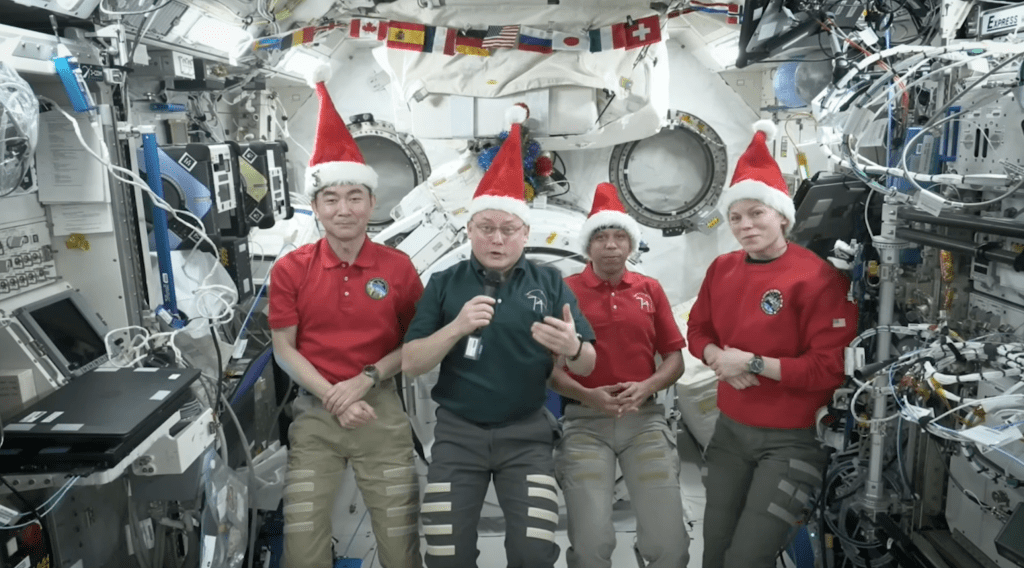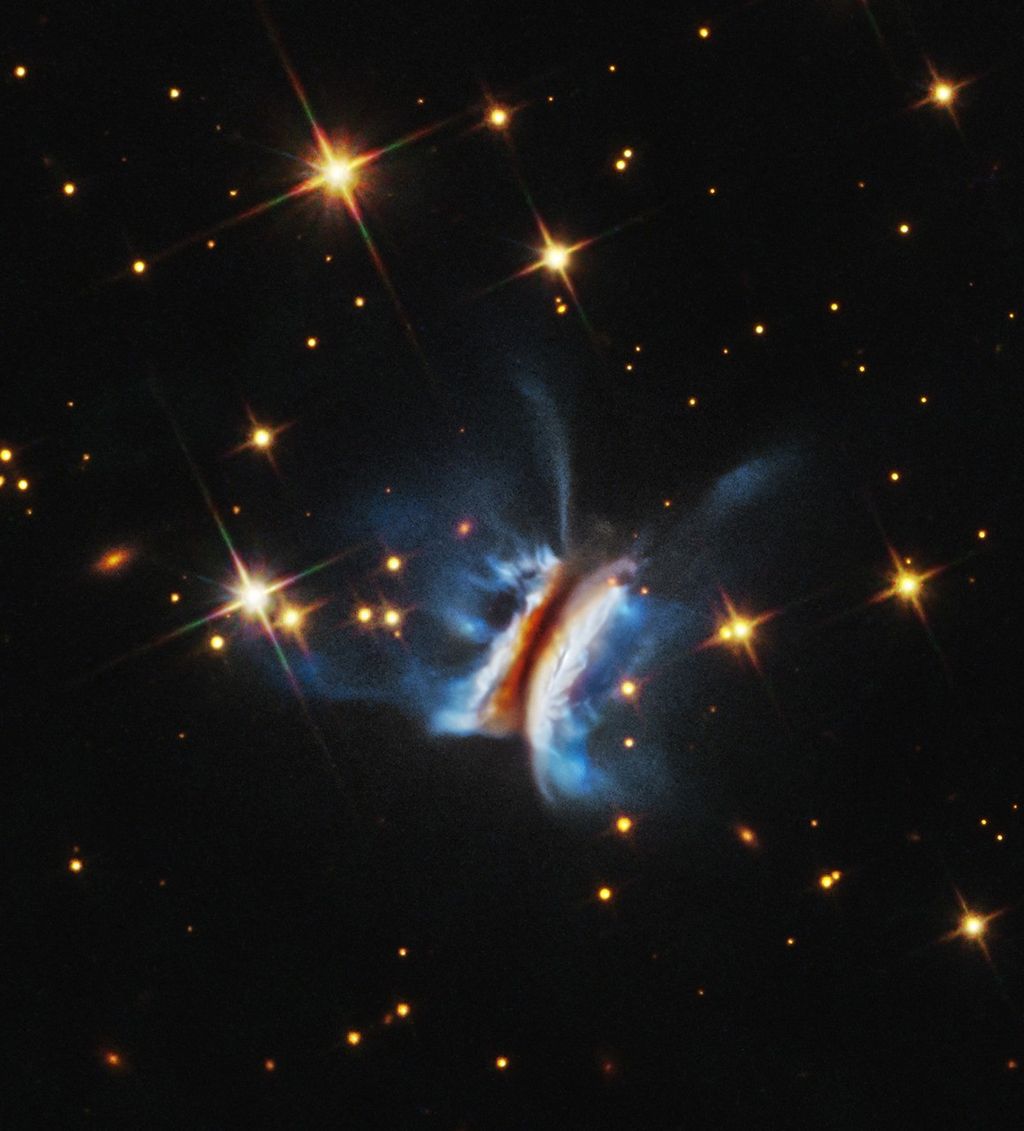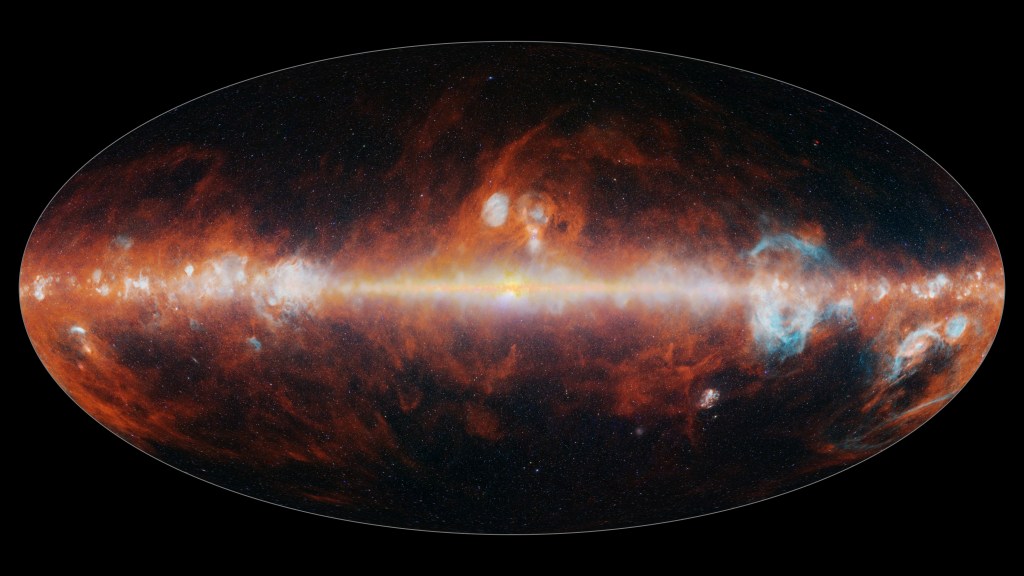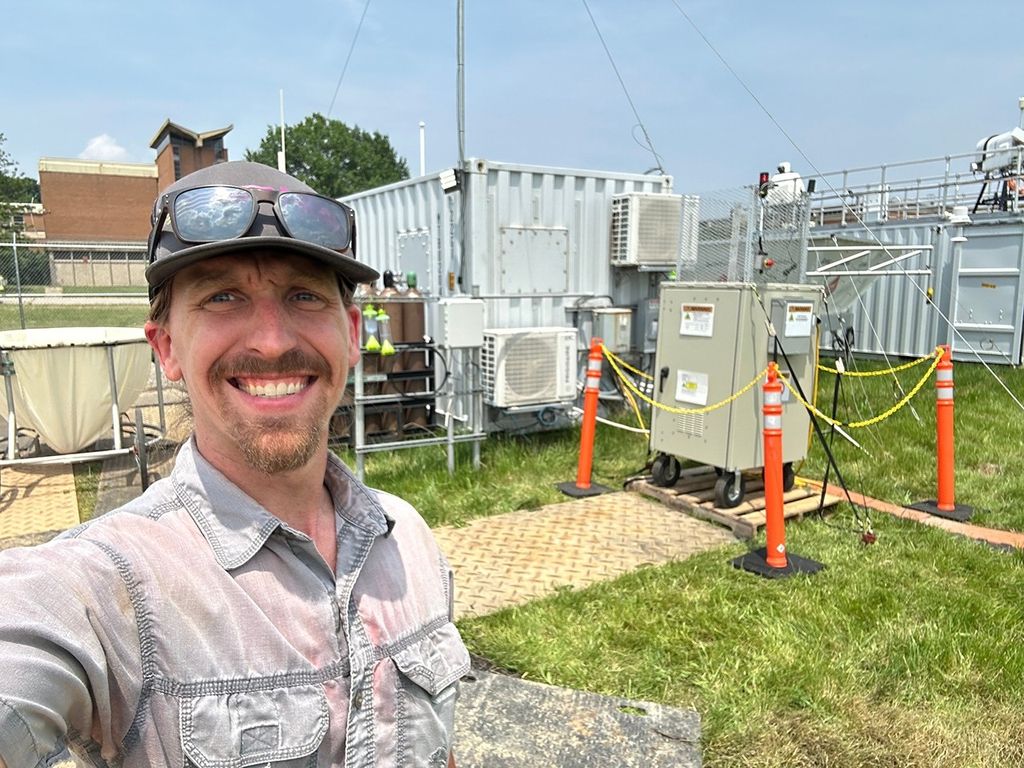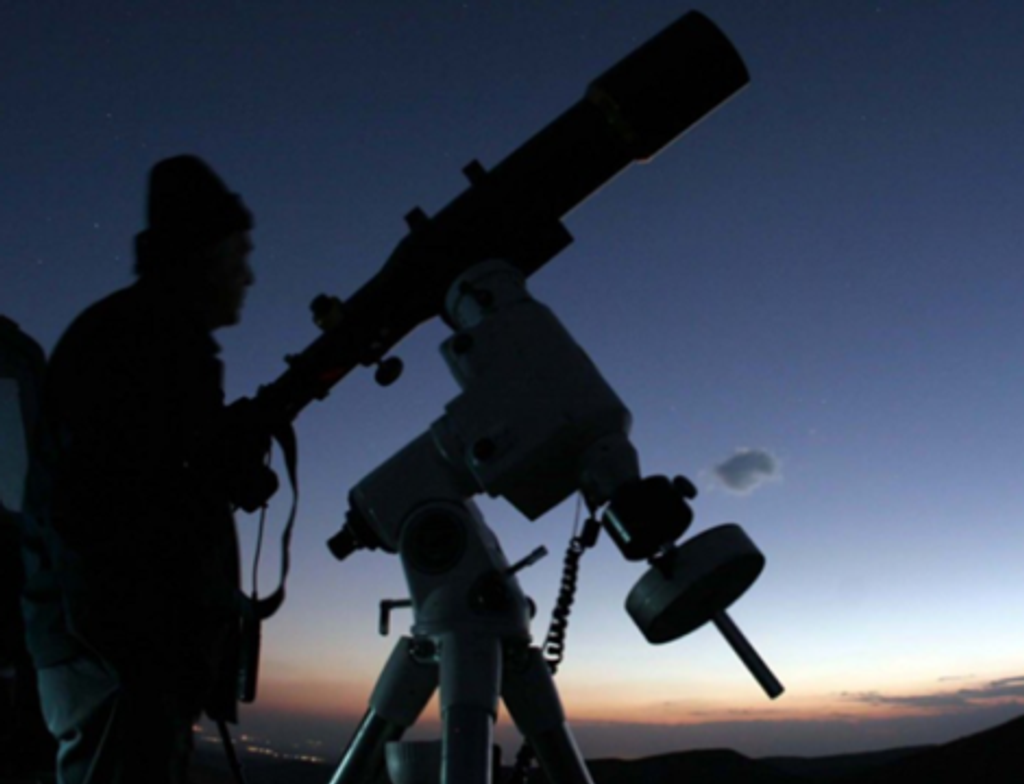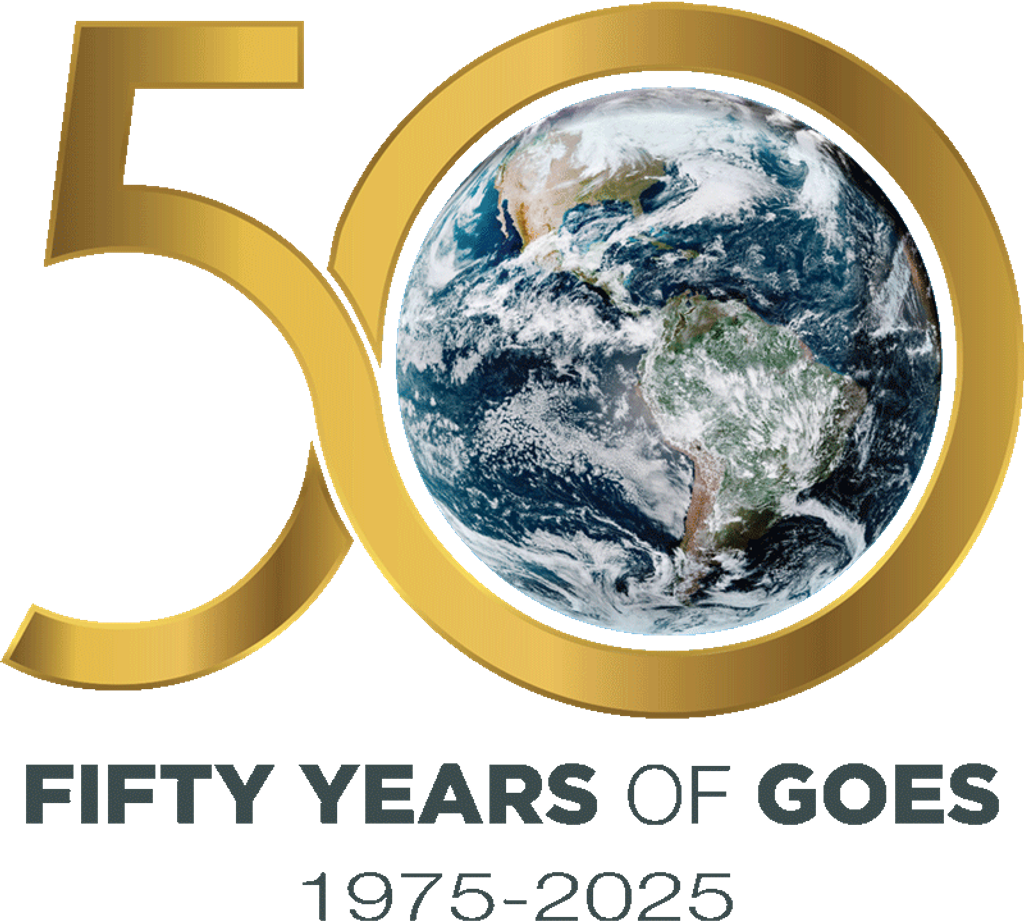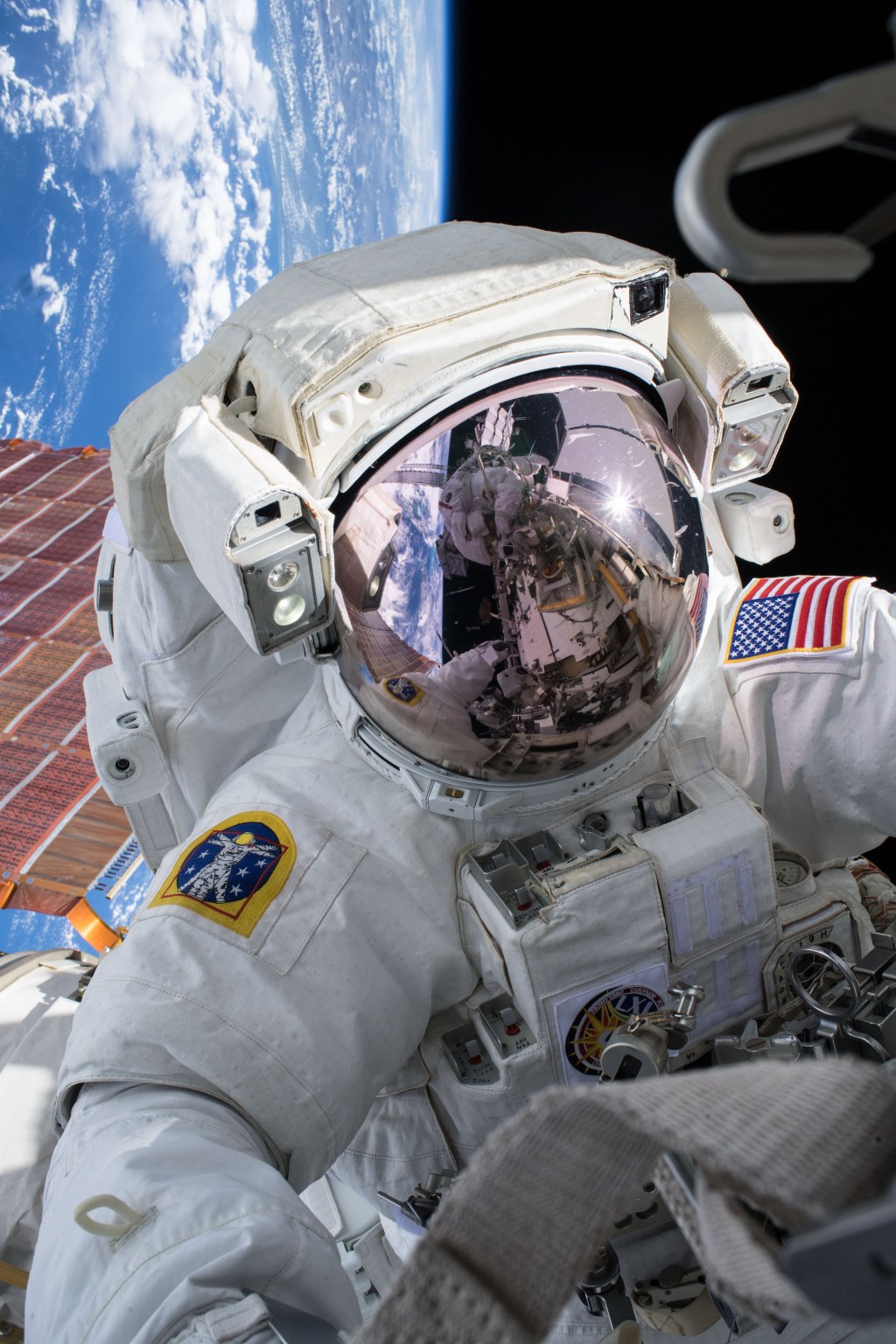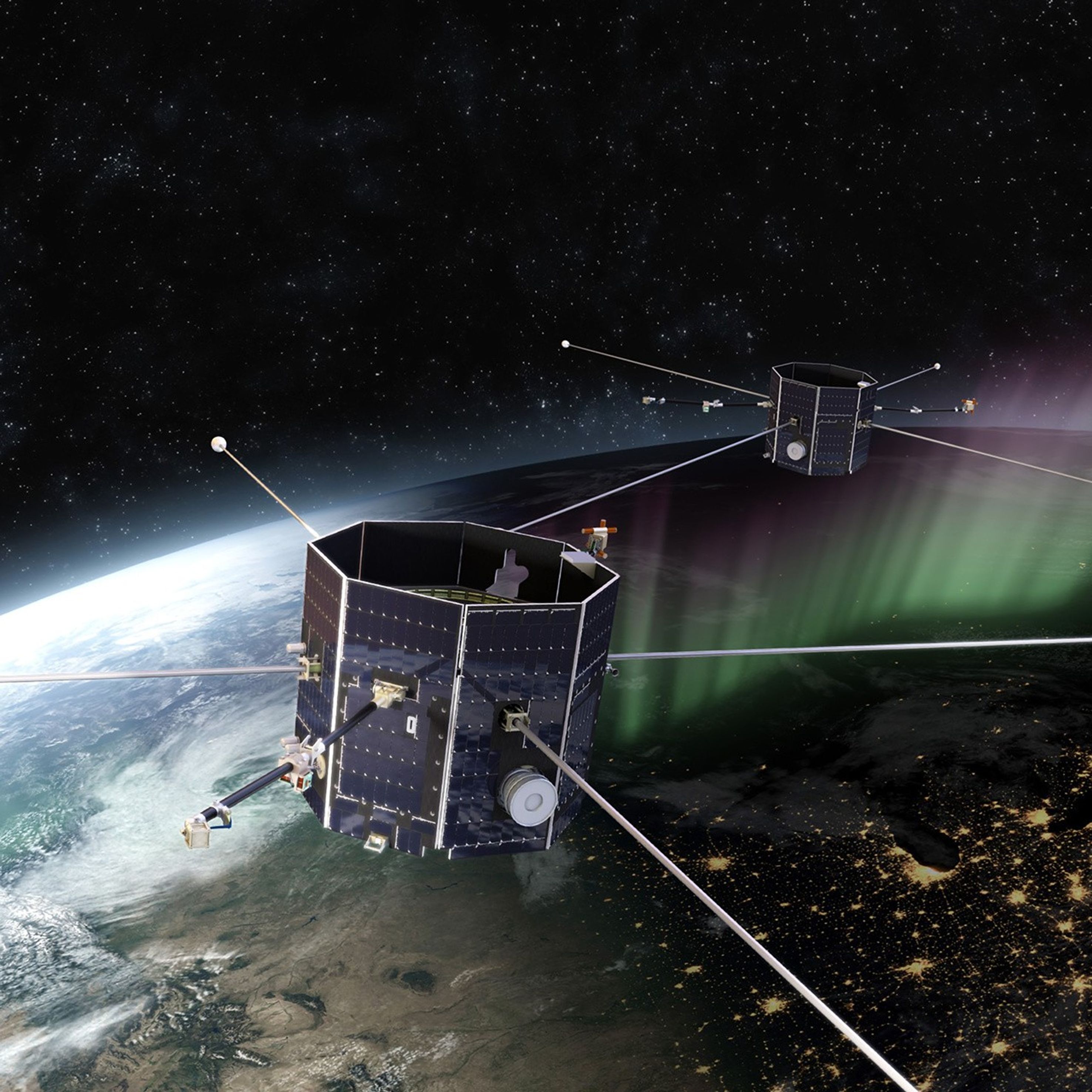NASA Mission Ready to Study Space Weather Impacts on Earth
NASA’s TRACERS (Tandem Reconnection and Cusp Electrodynamics Reconnaissance Satellites) mission is targeting to lift off today at 2:13 p.m. EDT (11:13 a.m. PDT) on a SpaceX Falcon 9 rocket from Space Launch Complex 4 East at Vandenberg Space Force Base in California. There is a 57-minute launch window for this mission.
The TRACERS mission will study magnetic reconnection around Earth — a process in which electrically charged plasmas exchange energy in the atmosphere — to understand how the Sun’s solar wind interacts with the magnetosphere, Earth’s protective magnetic shield. The effects of space weather often create the northern and southern lights known as auroras, but they can also impact space-based infrastructure, like communications satellites and GPS systems, as well as power grids on Earth.
The twin satellites will fly one behind the other, always facing the Sun, as they pass through areas where Earth’s magnetic field opens over the north and south poles. The satellites will measure magnetic reconnection 3,000 times in the first year alone, which will help scientists observe how quickly reconnection changes and evolves by comparing data collected by each satellite.
Also launching on this flight will be three additional NASA-funded payloads. The Athena EPIC (Economical Payload Integration Cost) SmallSat, led by NASA’s Langley Research Center in Hampton, Virginia, is designed to demonstrate an innovative, configurable way to put remote-sensing instruments into orbit faster and more affordably.
The PExT (Polylingual Experimental Terminal) technology demonstration, managed by NASA’s SCaN (Space Communications and Navigation) program in partnership with the John Hopkins Applied Physics Laboratory, will showcase new technology that empowers missions to roam between communications networks in space, like cell phones roam between providers on Earth.
Finally, the REAL (Relativistic Electron Atmospheric Loss) CubeSat, led by Dartmouth College in Hanover, New Hampshire, will use space as a laboratory to understand how high-energy particles within the bands of radiation that surround Earth are naturally scattered into the atmosphere, aiding the development of methods for removing these damaging particles to better protect satellites and the critical ground systems they support.
Follow @NASAKennedy on X and Facebook for additional updates on the mission.

